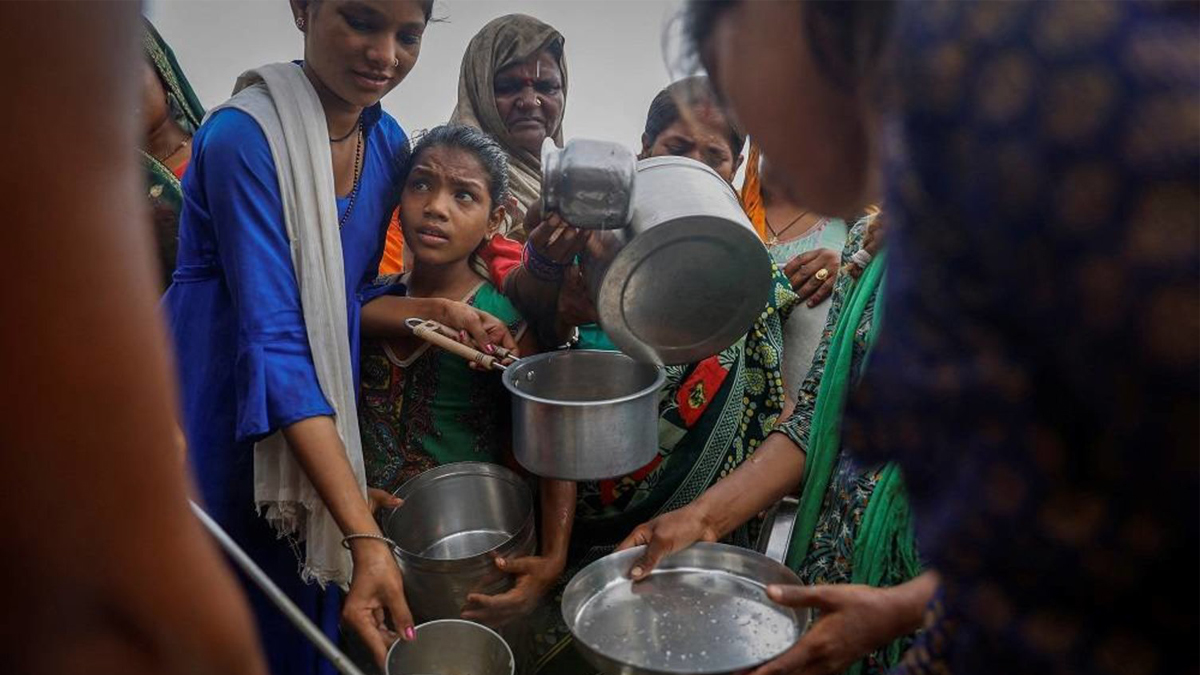
With 735 million people hungry, UN says world is ‘off track’ to meet its 2030 goal

About 735 million people worldwide faced chronic hunger in 2022, a figure much higher than before the COVID-19 pandemic and which threatens progress towards a global goal to end hunger by 2030, said the United Nations.
A multi-year upward trend in hunger rates levelled off last year as many countries recovered economically from the pandemic, but the war in Ukraine and its pressure on food and energy prices offset some of those gains, the U.N. said in its annual State of Food Security and Nutrition in the World (SOFI) report.
The result is that an estimated 122 million more people were hungry in 2022 than in 2019 and the world is “far off track” to meet the U.N.’s Sustainable Development Goal of ending hunger by 2030, said the report. Instead, the report projects that 600 million people will be undernourished in 2030.
“We are seeing that hunger is stabilizing at a high level, which is bad news,” said Maximo Torero Cullen, chief economist of the U.N.’s Food and Agriculture Organization (FAO), in an interview with Reuters.
The main drivers of global hunger in recent years were conflict-driven disruption to livelihoods, climate extremes that threatened agricultural production, and economic hardship exacerbated by the pandemic, the report said.
Some parts of the world have seen hunger decline, including South America and most regions in Asia. But in the Caribbean, Western Asia, and Africa, hunger is rising.
To change the trend, nations must pair humanitarian aid with strengthening local food supply chains, said Kevin Mugenya, the food systems director for Mercy Corps, an international aid group, in an interview with Reuters.
“Countries need to have localized solutions,” he said.
The report was compiled by the U.N.’s International Fund for Agricultural Development, Children’s Fund, World Health Organization, World Food Programme, and FAO.
The proportion of people hungry in Africa and Oceania likely increased last year to 19.7% and 7%, respectively, contributing to rising global hunger since before the pandemic, according to the Food and Agriculture Organization.
Reuters
- Earthquake of 7 Magnitude with Epicenter in Tibet, Tremors Felt Across Nepal, Including Kathmandu
- Supreme Court Seeks Additional Documents in Bhutanese Refugee Scam Involving Prateek Thapa
- India Hands Over High Impact Development Project to Myagdi Multiple Campus
- SSP Shyam Krishna Adhikari Assumes Role as Lalitpur Police Chief












Comments